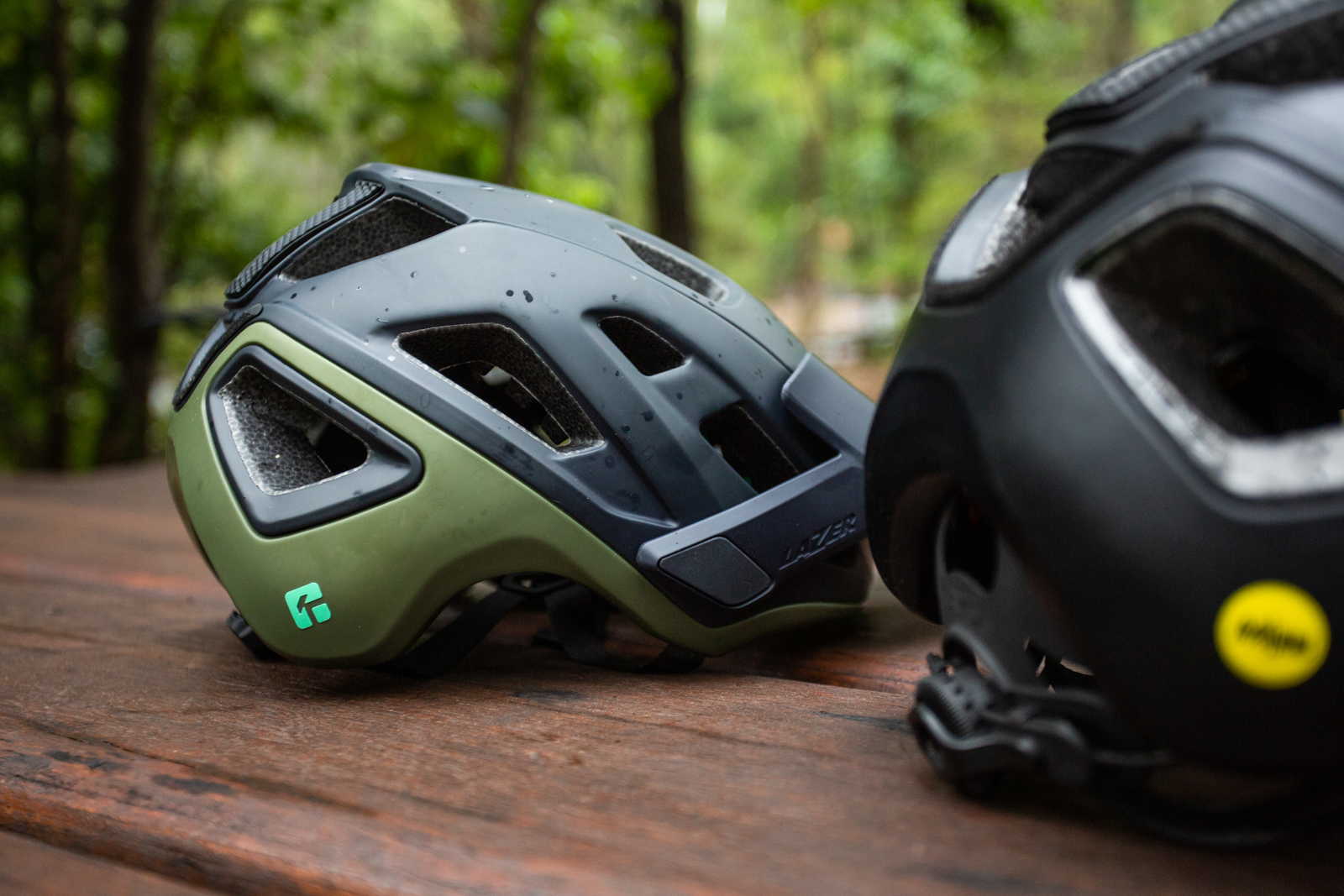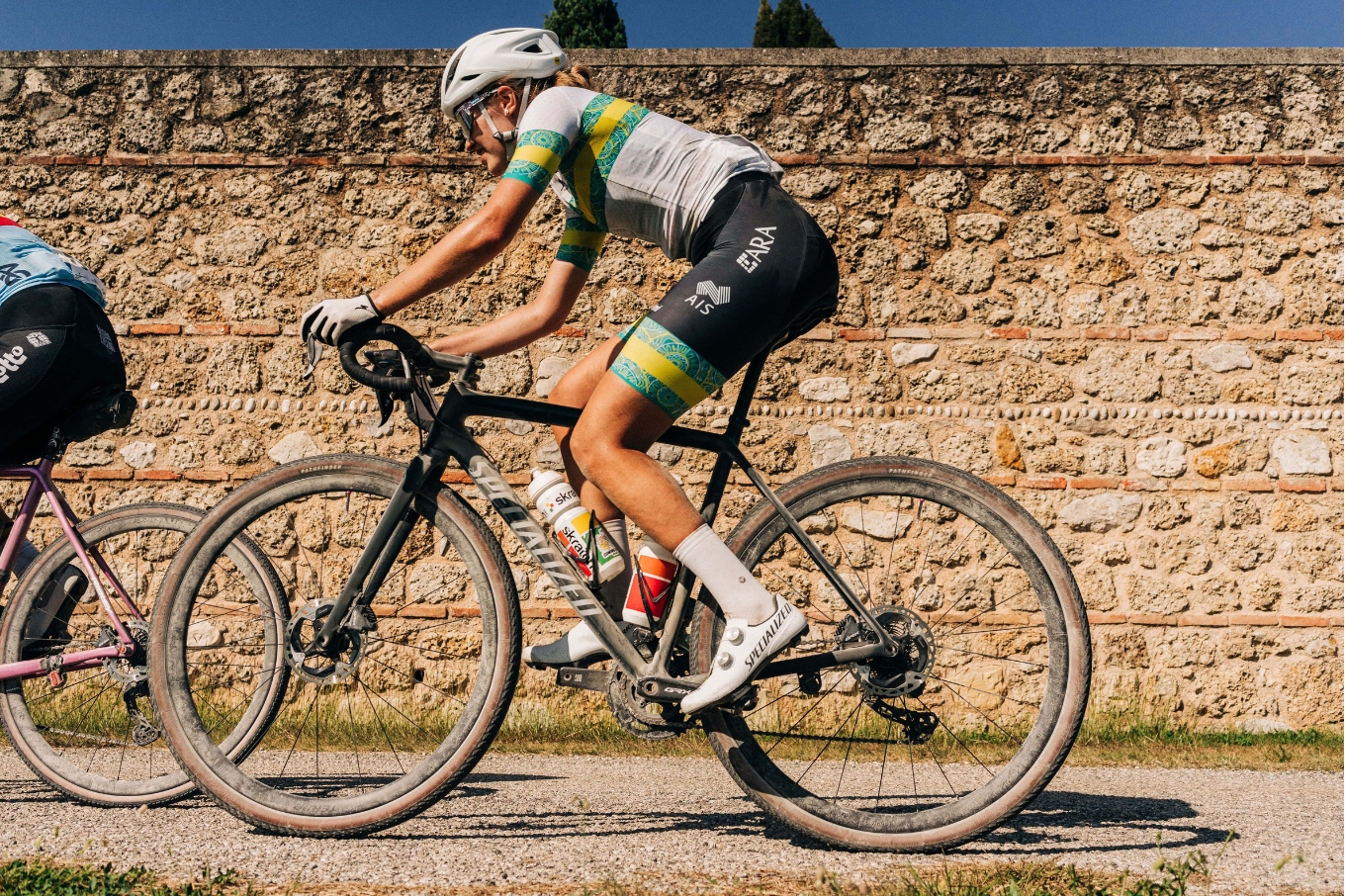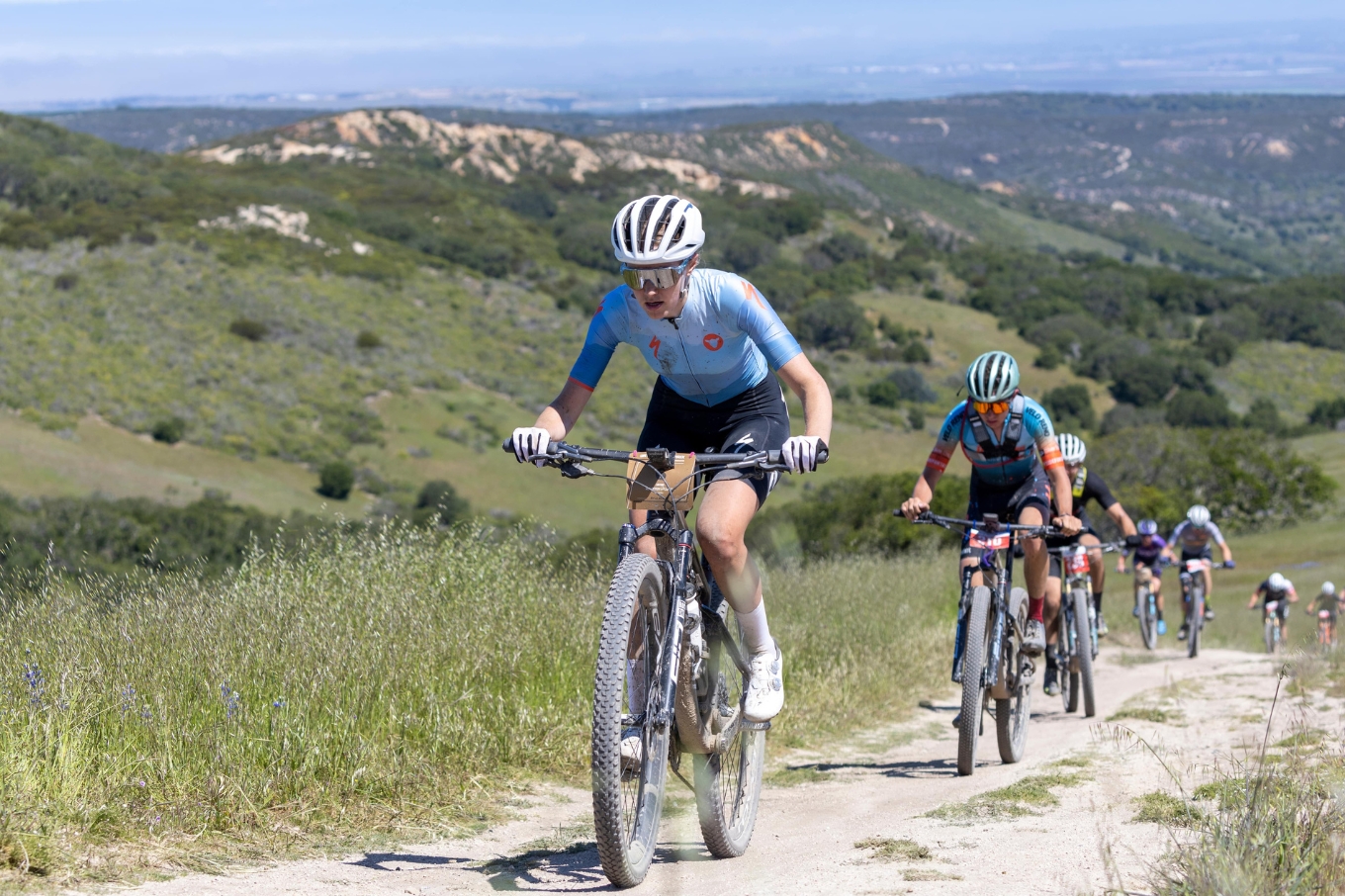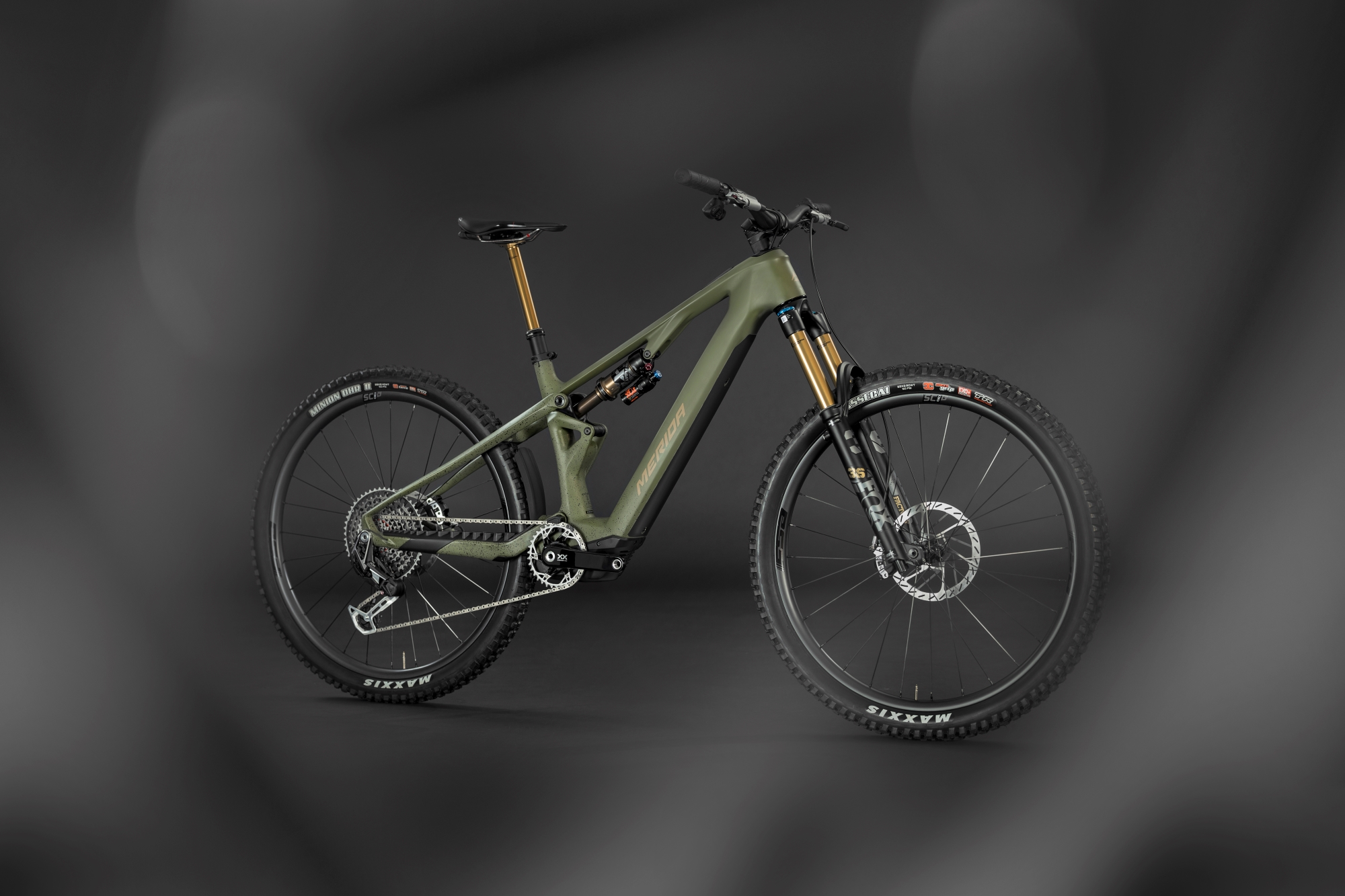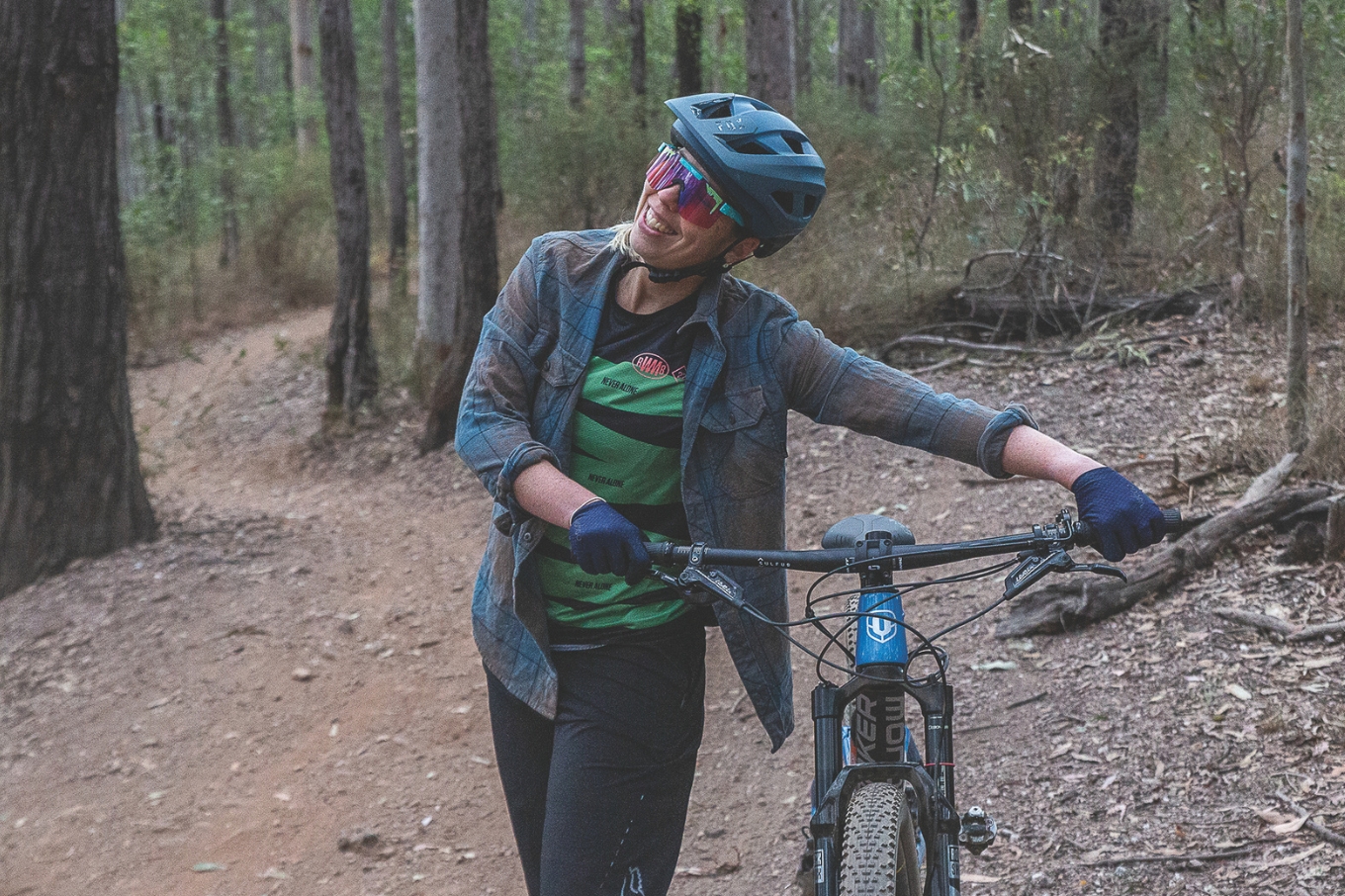Lazer Introduce KinetiCore Helmet Range
Lazer have made some big promises with their new KinetiCore range, but do they live up to them?
Words: Will Shaw | Photos: Gerard Lagana
Since 2015, a MIPS liner has been synonymous with a safer bike helmet. In 2019 Bontrager claimed their WaveCel technology was safer, but there’s no doubt MIPS remains the top dog when it comes to general perception around helmet safety. MIPS helmets also take out the top nine spots in Virginia Tech’s independent helmet testing, so there’s plenty of evidence to back up MIPS’ safety claims.
READ: Turning heads on rotational impact safety
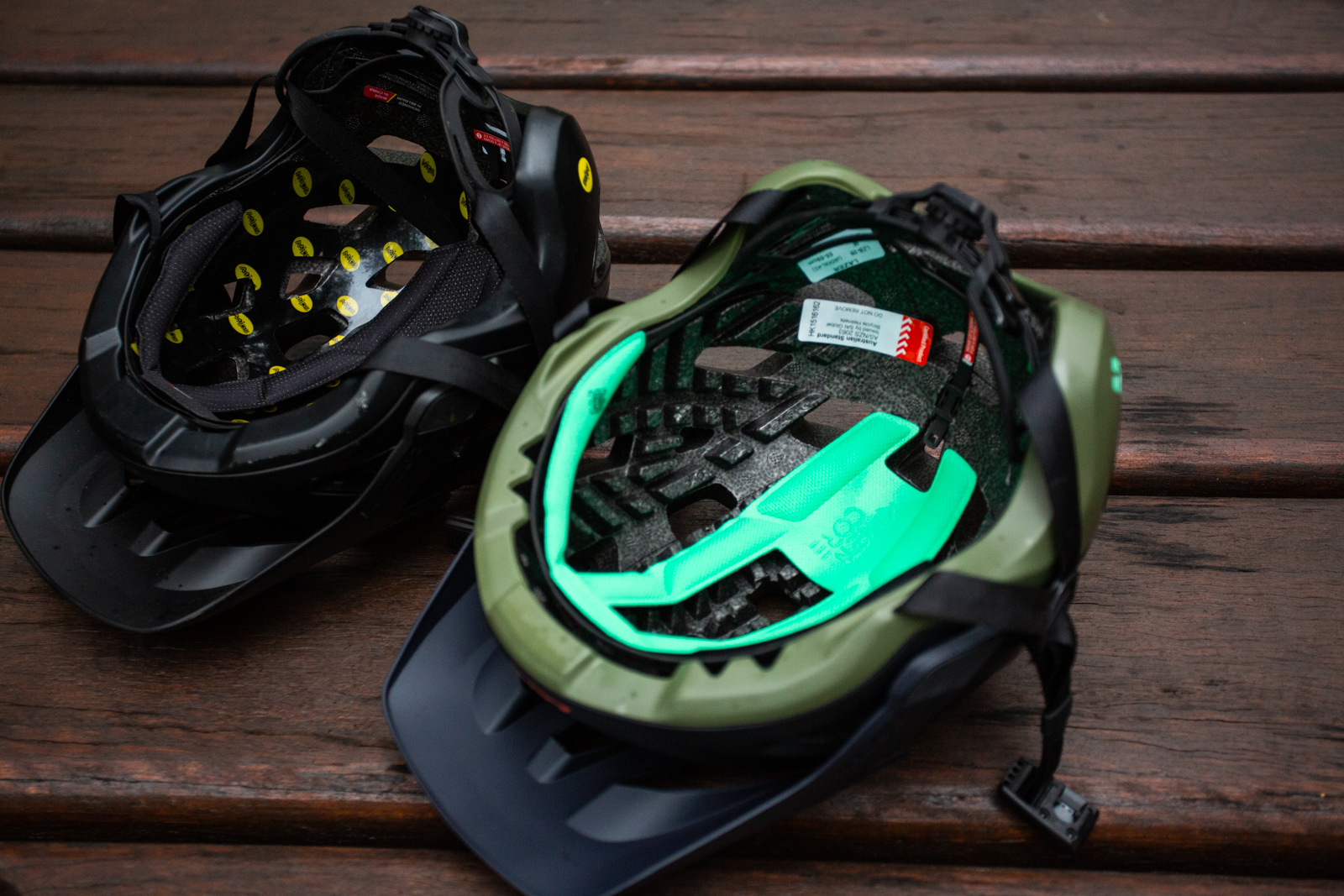
Lazer are a company who exclusively make helmets, and they’ve been owned by Shimano since 2016. They’re the latest brand to introduce their own proprietary solution to reducing the impact of rotational impacts. Their solution is called KinetiCore, but before we dive into what it’s all about, let’s look at why Lazer wanted to step away from MIPS within their range.
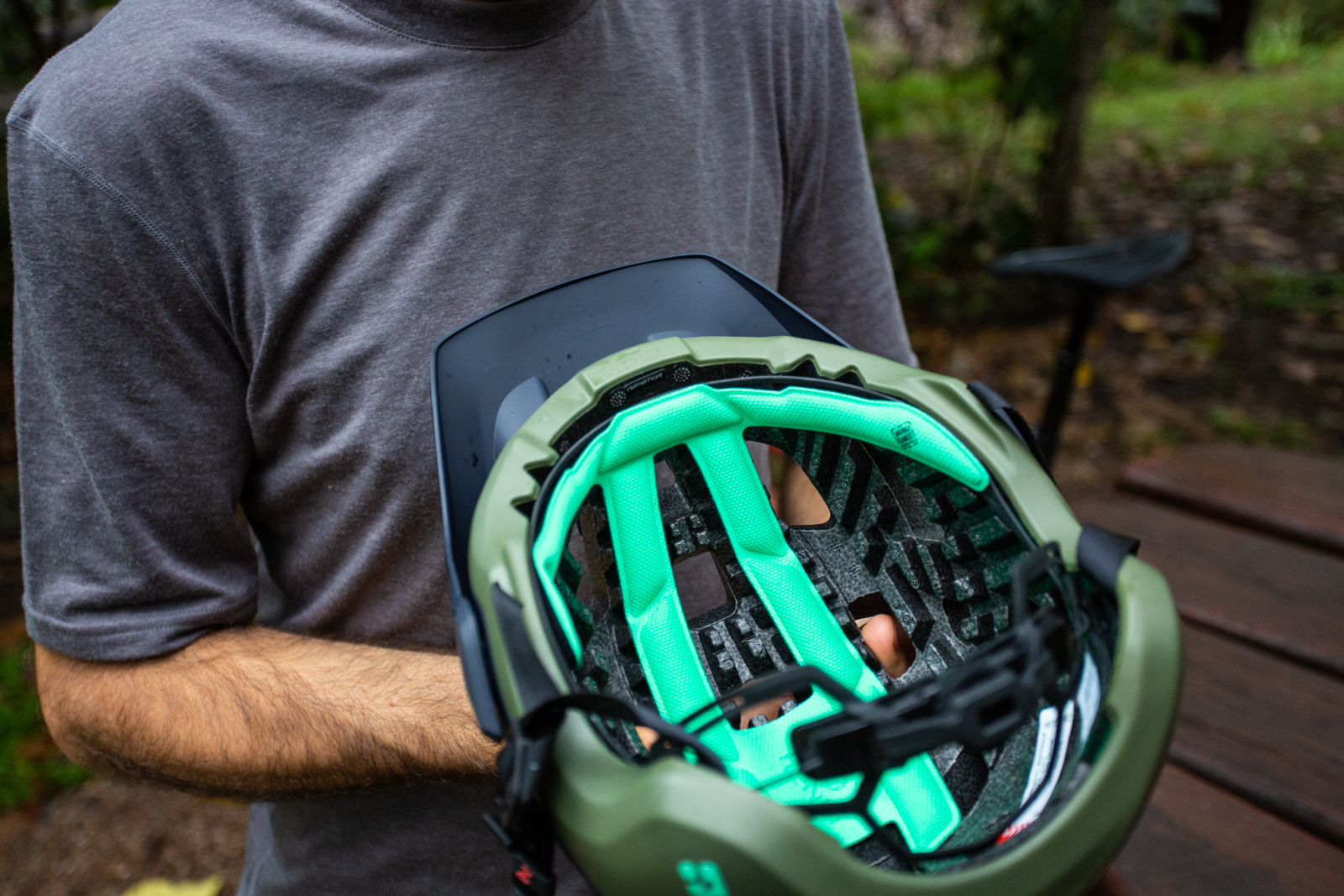
Prior to and during the design process of KinetiCore, Lazer identified 3 areas they wanted to improve within their helmet range, and two measurable goals within each of those areas.
Safety:
- Increasing linear impact protection
- Increasing rotational impact protection
Enjoyment:
- Reducing weight to increase comfort
- Increasing ventilation to increase comfort
Responsibility:
- Reducing use of plastics
- Reducing use of EPS foam
When Lazer evaluated these goals, their conclusion was that they needed to remove the MIPS liners from their helmets to achieve them. They weren’t satisfied by the weight, design, and airflow constraints added by a MIPS liner. They also wanted to cut down on overall plastics usage in the helmets and their packaging as part of their companywide responsibility goal.
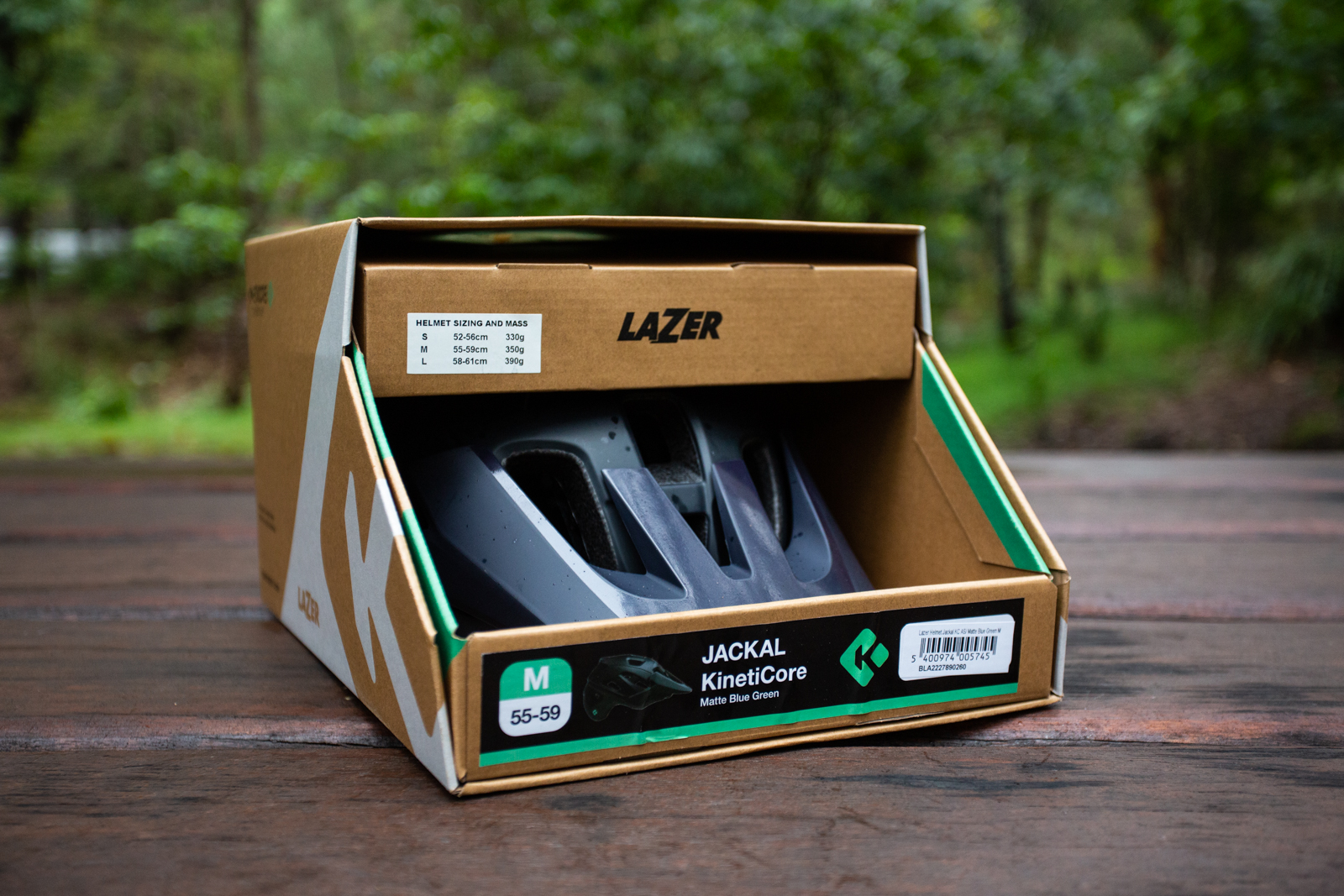
How does KinetiCore claim to increase safety?
The design Lazer have settled on is called KinetiCore, which is integrated rotational impact protection. Instead of using a liner, KinetiCore uses integrated ‘Controlled Crumple Zones’ within the shell of the helmet that are designed to rotate and snap off in the event of a crash. These crumple zones are integrated into the helmet’s EPS foam, and are very similar to the crumple zones found in cars that absorb the impact of a crash before it reaches the driver.
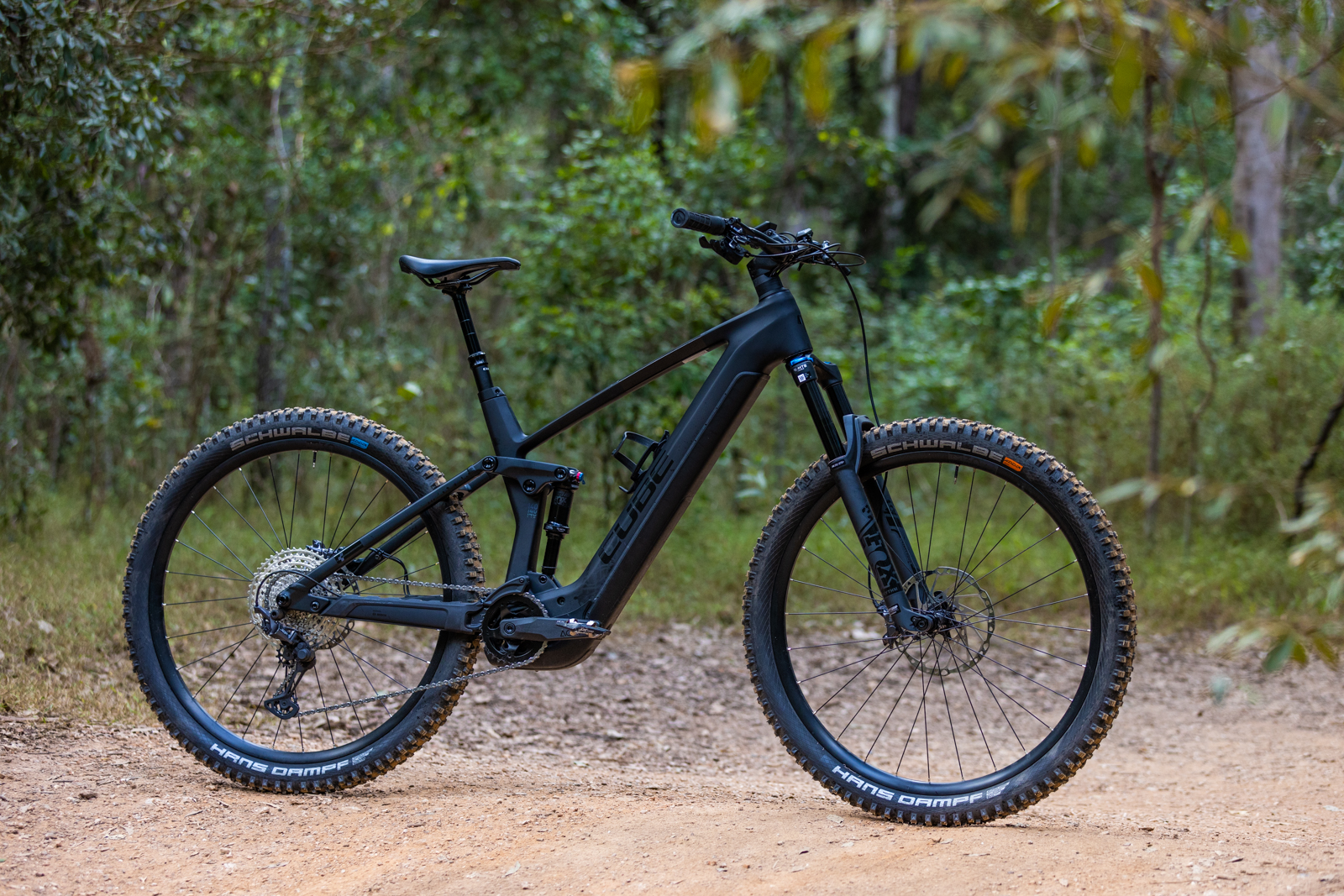
All KinetiCore helmets are ranked either 4 or 5 stars from Virginia Tech, which are the two highest scores available. At time of writing the specific Virginia Tech testing results for the Lazer’s KinetiCore helmets wasn’t available, but this article will be updated when the exact results have been published.
The Lazer Jackal is the first mountain bike model you'll see, with three shell sizes, large 3-position visor, goggle retention, magnetic buckle, updated retention system, optional accessory mount, full bonded shell – and a 13% drop in weight.
To get more information on the KinetiCore range I spoke with Toby Shingleton from Lazer Australia. Here’s what he had to say regarding the increased safety achieved by the KinetiCore design.
AMB: What was the feedback in testing the KinetiCore helmets, and were there any areas you intended to develop but didn’t pursue due to rider feedback or data?
Toby: Rider feedback was used primarily to refine aspects of the helmets design in terms of ensuring the features were working in the way we intended. Specifically relating to the Jackal, the shell is the same as previously, so nothing was changed in this regard.
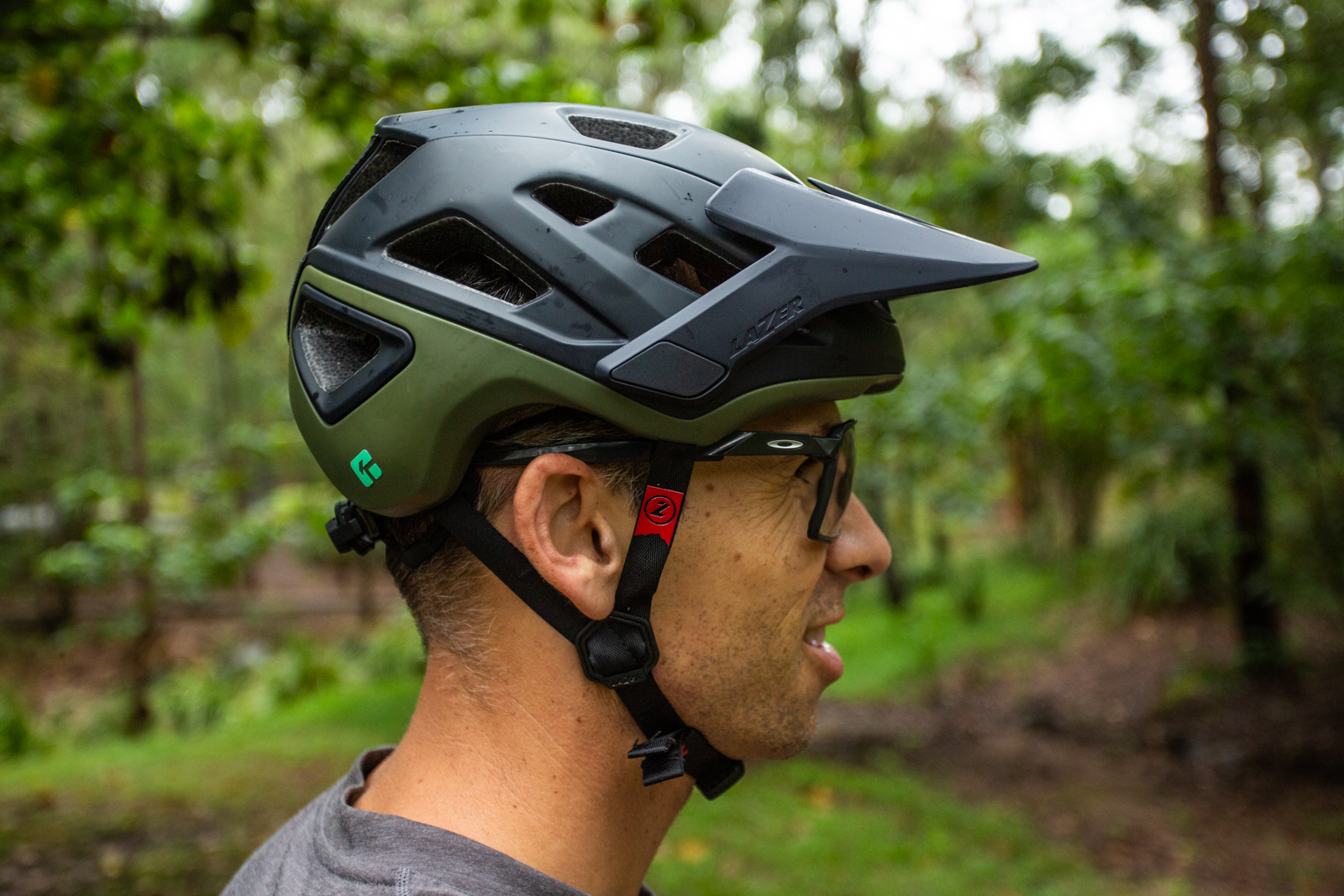
AMB: Were there other options on the table such as creating a lighter and better ventilated helmet, but compromising your 5-star Virginia Tech rating?
Toby: Not really. The concept of controlled crumple zones was a pathway that we explored from early in the concept phase and this took us eventually to the final concept as it is now.
AMB: What were the challenges in product design?
Toby: The placement of the blocks themselves and the pattern required to achieve the safety goals (5 stars). This took many tests and run throughs on the virtual model we built.
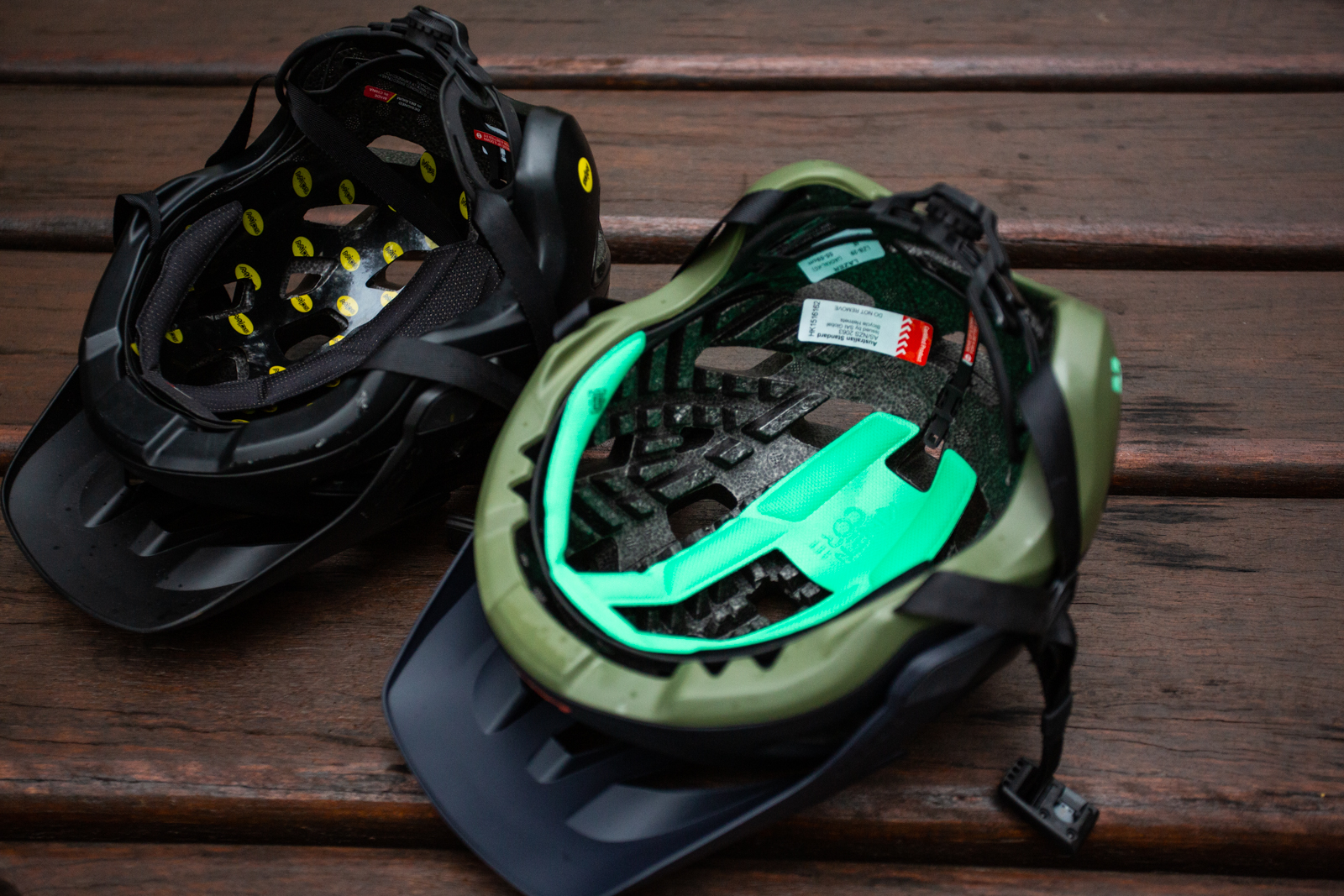
AMB: Do the CCZ’s compress, are they designed to snap off entirely, or does it depend on the type of impact?
Toby: Depending on the crash they can do both. The material may simply crumple or break off, or combinations of both.
AMB: Why are there no CCZs at the back of the helmet?
Toby: The placement of all the blocks on each helmet has been optimised based on the specific requirements of each product in the line-up. Where there are no blocks required, we haven’t added them. Testing across 1000s of crash simulations showed us where material could be removed or left behind to create the desired outcome.
Are KinetiCore helmets lighter and better ventilated?
Lazer claim their KinetiCore helmets are lighter and have increased ventilation compared with their MIPS equivalents. I’ve been riding in a Jackal KinetiCore in large that weighs in at 391 grams. This compares with a medium Bontrager Blaze WaveCel I also ride that comes in at 410 grams. In a medium the actual weight is 359 grams, which is lighter than the claimed weight of competitors in medium such as the POC Tectral Race Spin (368 grams), but slightly more than the claimed weight of a Giro Manifest (340 grams).
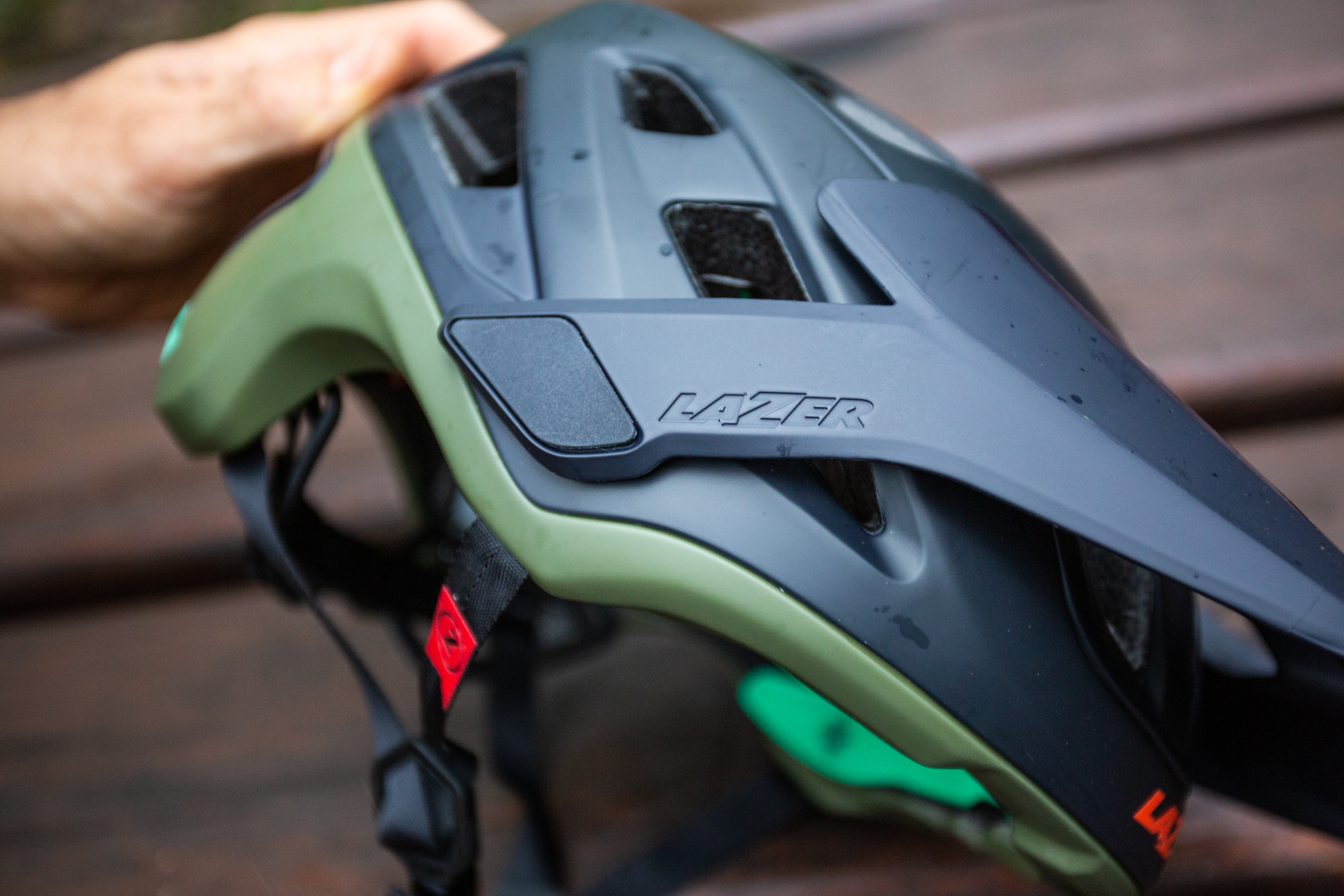
In terms of ventilation, the 20 vents on the Jackal do the job of keeping the helmet quite cool considering its solid coverage. As I normally ride in a Bontrager Blaze WaveCel that’s quite hot, the difference on this front is more noticeable than the 20-gram weight difference for me.
How is Lazer’s environmental impact lessened with KinetiCore technology?
Environmental impact is something Lazer (as well as Shimano and other brands they own) are really focussing on. The only plastic that my helmet came with was a bag with the manual and action camera mount in it, as well as the padding on the top of the box to secure the helmet in the box. The lack of MIPS liner also reduces a layer of plastic in the overall construction of the helmet.
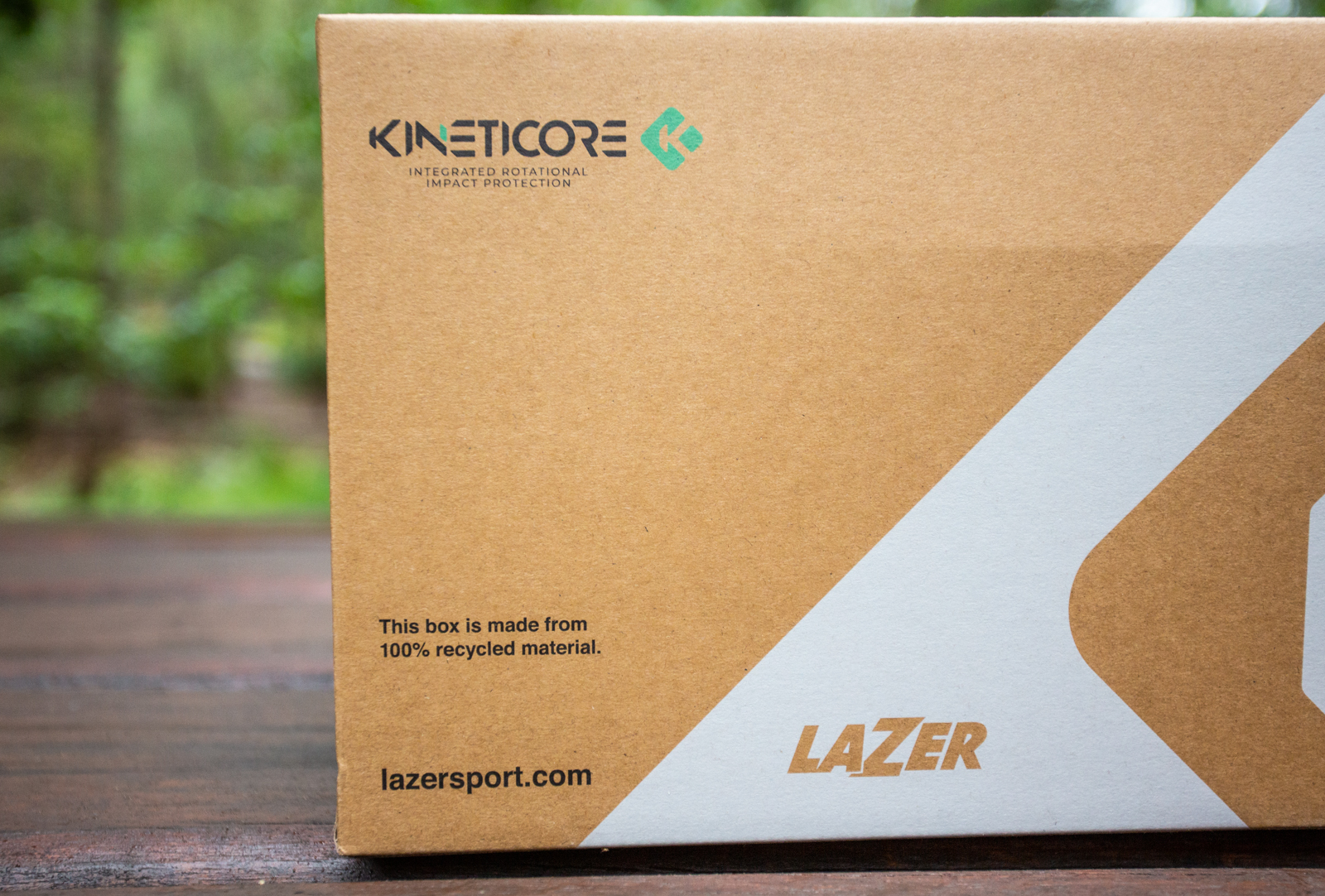
The box is made from 100 percent recycled cardboard, and there’s also substantially less ink used than in years past.
Lazer have quantified the reduced plastic usage of every helmet in the KinetiCore range. For the Jackal that myself and Editor Mike Blewitt received there was a 13 percent reduction in plastic usage by moving to KinetiCore technology. This reduction comes from both less EVA foam and the removal of the plastic MIPS liner.
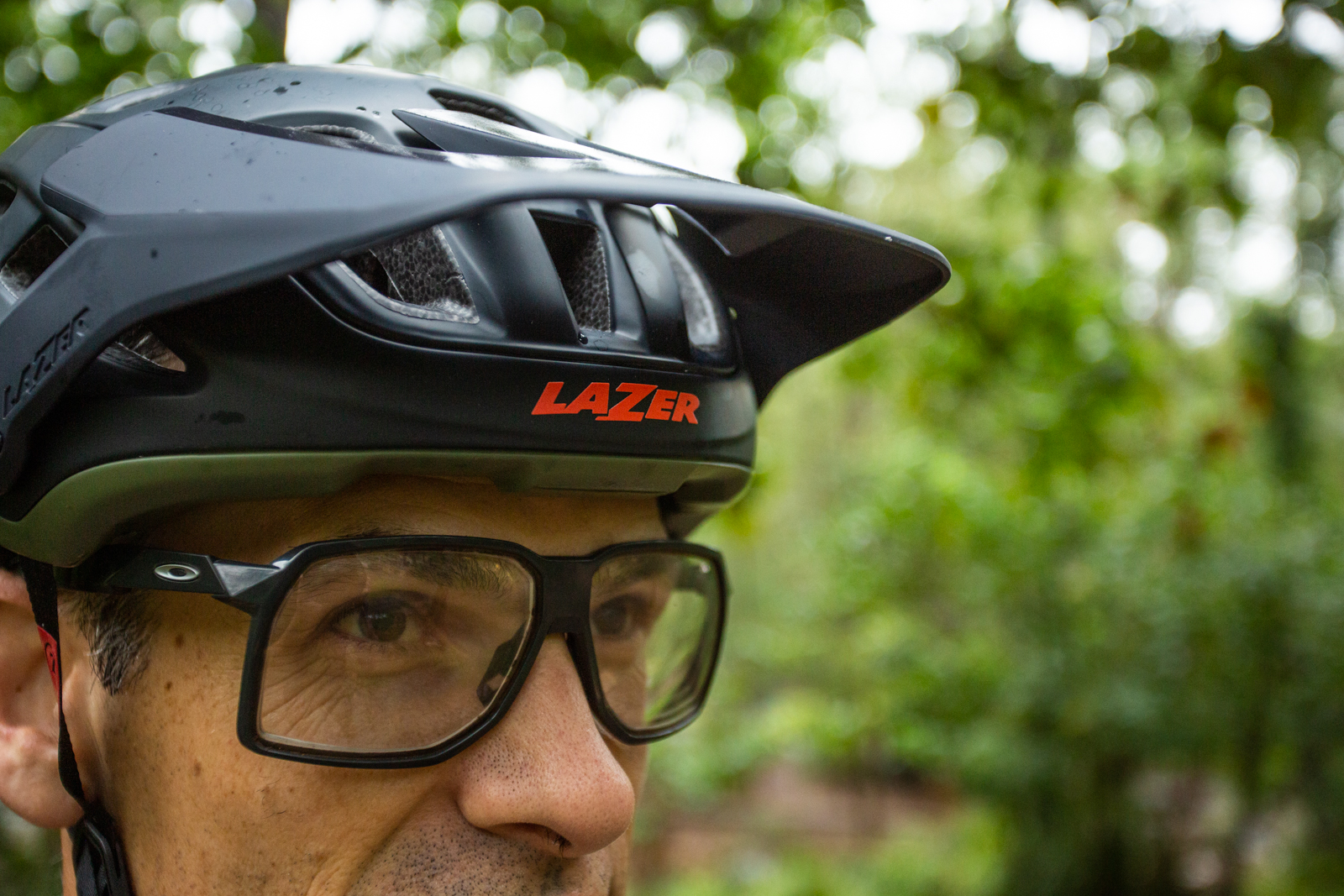 .
.
What Lazer Products are coming with KinetiCore?
Jackal KinetiCore:
In the mountain bike range, the Jackal KinetiCore is the only helmet coming with KinetiCore at present. All new mountain bike helmets will be coming with KinetiCore however, so we're excited to seen what the future holds on that front.
Editor Mike Blewitt and myself both received a Jackal KinetiCore prior to the public launch, and we’ve been riding in them for a few weeks now. In terms of comparing it to the MIPS equivalent, see below for the key numbers:
- The Jackal KinetiCore is 13 percent lighter than the MIPS equivalent
- It uses 13 percent less plastic
- RRP: $329
- There are two colours to begin with (Matte Black and Matte Blue Green)
There are a number of other helmets in Australia with KinetiCore, all of which can be found on the Lazer Australia website.
When can I see a KinetiCore helmet in the flesh?
All the above helmets are available in Lazer dealers across the country right now. Whilst it’s impossible for us to say if one helmet is safer than another across a variety of situations, a 5-star safety rating from Virginia Tech is an objective measurement that shows a helmet is up to the job. Lazer Australia also offer a free crash replacement on all their helmets within three years, and a 30-day cash back trial program. There’s no need to take my word for it that’s the Jackal KinetiCore is a nice helmet as you can try one for yourself with no risk!
With the comfort and ventilation on offer, as well as the increased sustainability focus, there’s lots of positives for choosing a Lazer KinetiCore helmet as your next lid.
